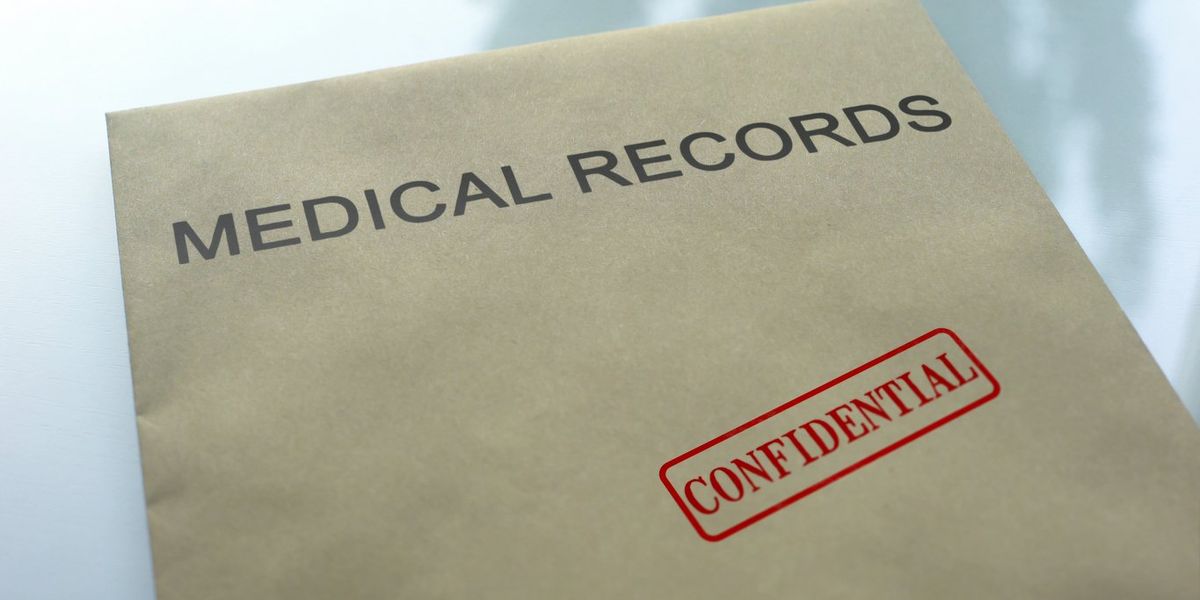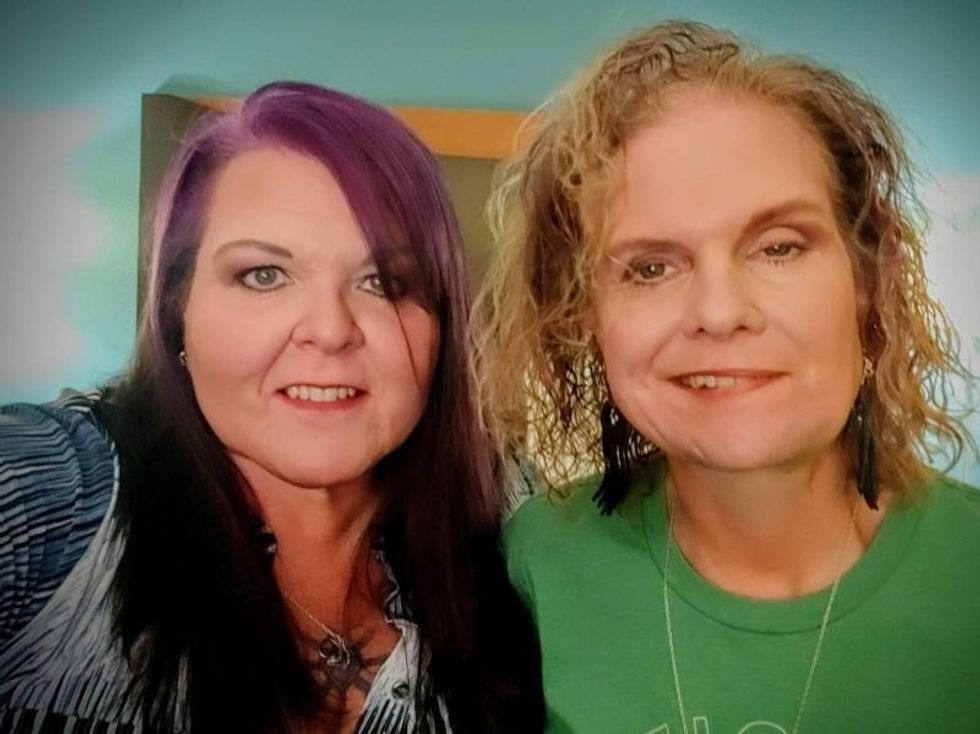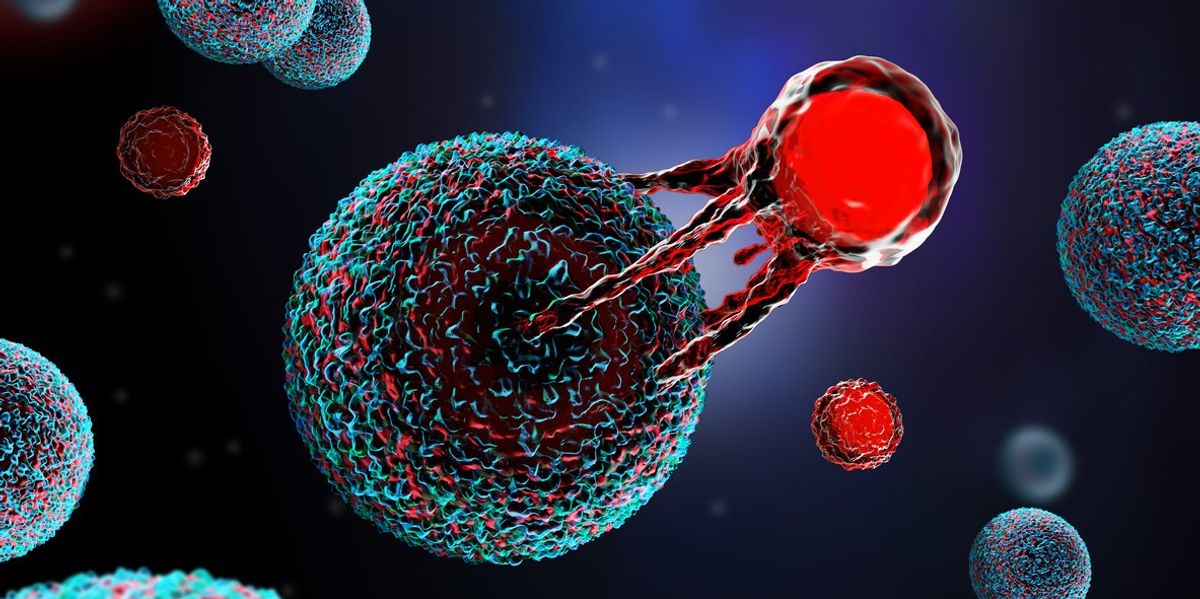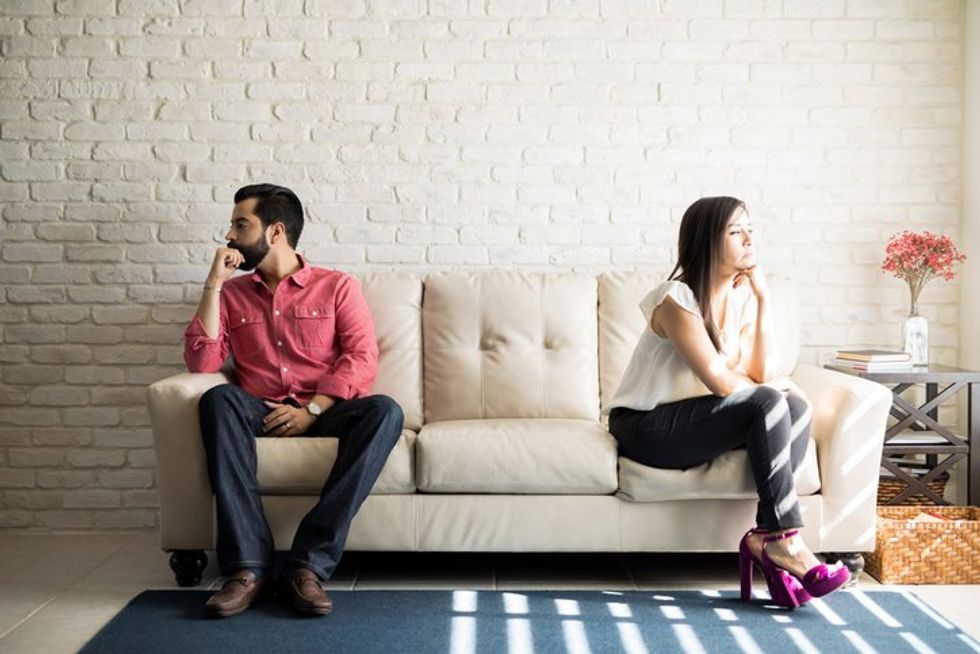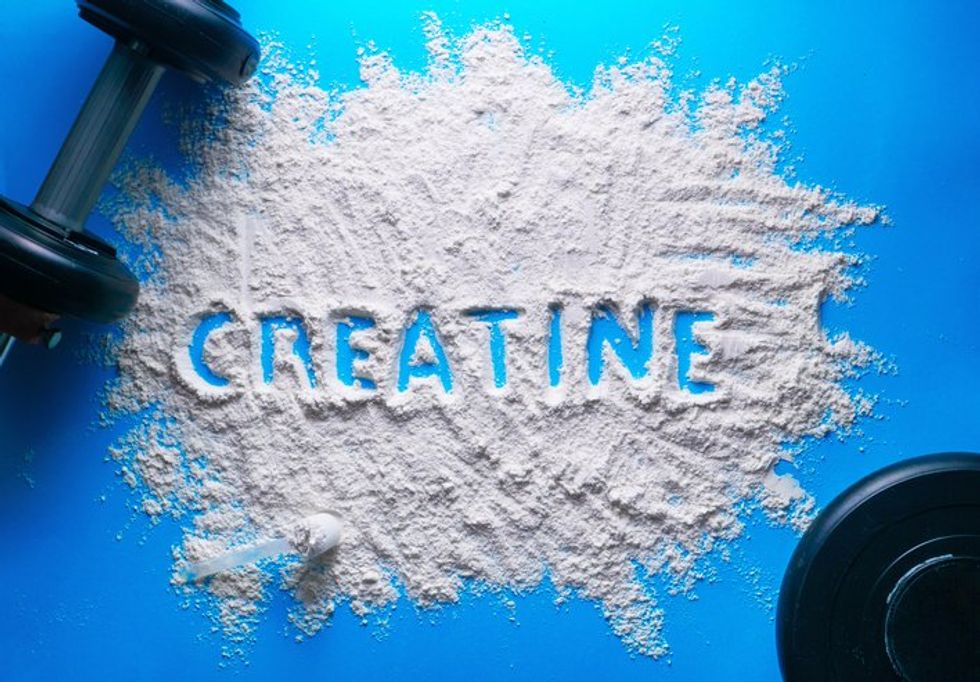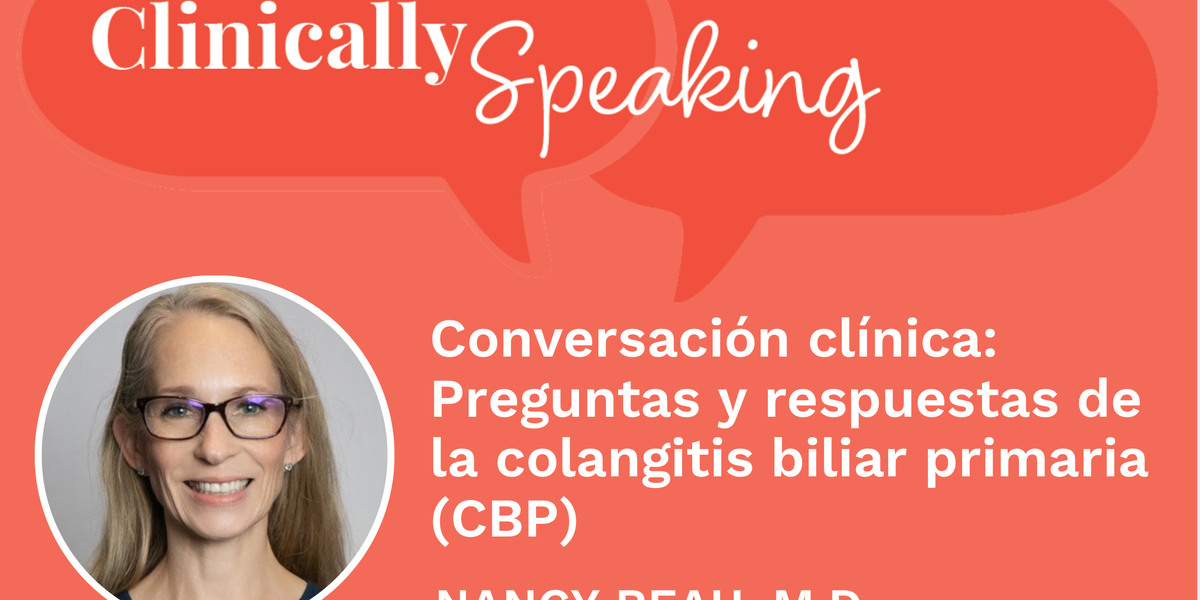Stress Caused My Spontaneous Coronary Artery Dissection
As told to Jacquelyne Froeber
Everything happened so fast.
In December 2022, I was walking back from the bathroom to my office when I felt a tug in my chest and an odd sensation — like I’d smeared Icy Hot on my heart.
My initial reaction was that I might have a cold, or the flu or worse — Covid. I started having a hard time breathing, so I asked my husband, Mark, to drive me home. By the time I got into the car, I knew home was no longer an option.
“Drive to the heart hospital,” I said. Naturally, Mark was confused.
“The one off the highway.” It wasn’t the closest hospital to us, but I had remembered that there was a friend of a friend who went there when she had a heart attack.
I wasn’t entirely sure why I felt guided to the heart hospital. I’d never had any cardiovascular issues and I exercised most days of the week. I was a 53-year-old mom with two boys — one in high school and one in college — and our whole family was very active. My friends often said I was the healthiest person they knew.
But none of that seemed to matter in the car. When I started to lose feeling in my hands, I realized that I might not make it to the heart hospital. I told Mark I loved him. “It’s been a great life,” I said. “Tell the boys they have been the best part of my life.”
I felt the car shift into high gear. “You’re not dying today,” Mark said.
And everything faded to black.
When I woke up, I had a tube down my throat. My arms and my right leg were restrained, and I had various tubes coming out of my body. Uncomfortable doesn’t even begin to describe the sensation of being intubated. I felt trapped and scared — my wide eyes were the only way to express my thoughts. Thankfully, the steady stream of medication helped me calm down.
As I drifted in and out of consciousness, I was aware that my best friend Jessica was there. Mark had gone home to tell our son that I’d had a spontaneous coronary artery dissection (SCAD) — a deep tear in the left coronary artery of my heart. Doctors had put a stent in to restore the blood flow, but my heart was too weak to pump oxygen and blood to the important places in my body. At one point, they believed that I’d gone 18 minutes without oxygen to the brain, and I was in danger of organ failure. An artificial heart pump was keeping me alive, and doctors said the next 24 hours were going to be crucial. “If there’s ever a time to pray, this would be the time,” Mark said to our son.
The next day, the doctors took the intubation tube out earlier than planned, and we got the good news that my heart was responding very well. The percentage of blood being pumped out of my left ventricle had gone from 20% to 50%. I was beyond grateful, and I knew I was lucky to be alive.
But that night there was a code blue in the cardiac intensive care unit. “It’s me,” I thought. “I’m dying.” I wasn’t going to make it after all. Then I heard someone say room six. I knew I was in room eight, and it dawned on me that eight is the infinity symbol — limitless with no bounds. I divided eight by two — a sacred number — to get four, which represents the heart chakra in the body. That gave me the spiritual strength I needed. I knew that I was going to be OK.
2023
After just four days in the ICU, I was discharged and back at home. The doctors weren’t 100% sure why the SCAD happened, but I didn’t have any preexisting conditions or genetic disposition that would’ve put me at risk. I was, however, a woman, which is the biggest risk factor for SCAD. And stress is a big one, too.
Like many women, I didn’t fully realize the impact that stress could have on my heart. I’m the type of person who’s always on the go, and I tried to be as healthy as possible, but I’d admittedly had a stressful year. Physically, I thought I was taking care of myself, but my heart was taking cortisol hit after hit — until it broke.
The weeks following the surgery were extremely hard for me mentally. I grew up thinking that asking for help meant you were weak — and I didn’t want to be weak. For the first time, I had to lean on other people, and the way the women in my neighborhood and community showed up for me was profound. I received more love, support and meals than I knew what to do with.
I started going to cardiac rehab three times a week and felt myself getting stronger every day. Each visit, I would get hooked up to a bluetooth EKG that monitored my heart’s electrical impulses. I could see on the screen where the line dipped — that was the sign of the damage. My doctor said my heart may never fully heal.
Two months after the incident, a group of girlfriends from high school flew in to see me. We spent the weekend catching up and laughing and relaxing the way only true friends could. When the weekend was over, I was a little sad, but also so appreciative of our friendship.
The next day, I went to cardiac rehab, and a few minutes into the workout, the tech called me over to the monitor. The line dip wasn’t there anymore — it was gone. My heart had healed. That’s the power of being surrounded by women who love you unconditionally.
Have your own Real Women, Real Stories you want to share? Let us know.
Our Real Women, Real Stories are the authentic experiences of real-life women. The views, opinions and experiences shared in these stories are not endorsed by HealthyWomen and do not necessarily reflect the official policy or position of HealthyWomen.
From Your Site Articles
Related Articles Around the Web
Source link
Share this article:






